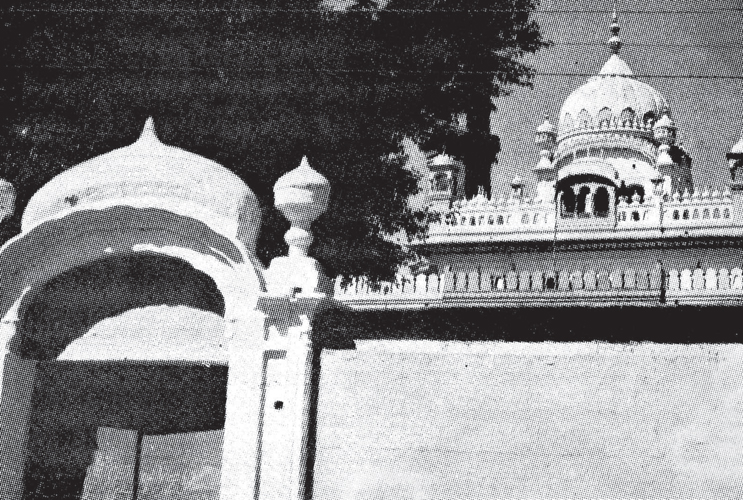Art and Culture
The Urban Phenomenon As A Container of Collective Single Mindedness | M N Ashish Ganju
LA 48 |
|
|
|
|
| The Kumbh Mela has long been the largest religious celebration on earth and the biggest public gathering in the world. It is an epic event that has been presented through various lenses in this book that has attempted to capture the dynamics of management, construction and deconstruction of this temporary city after two years of research. The Mela has been called ‘a masterpiece of urban organisation and governance’ whose sole purpose and reason of existence is faith. |
|
Kumbh Mela: Mapping the Ephemeral Megacity | Harvard University, South Asia Institue (SAI)
Edited by Rahul Mehrotra and Felipe Vera
Published: Niyogi Books, New Delhi 2015
|
|
|
"KUMBH MELA mapping the Ephemeral MEGAC¬ITY" edited by Rahul Mehrotra and Felipe Vera, a production of Harvard University South Asia Institute, is a book of 450 pages as published by Niyogi Books in 2015 from New Delhi. The book is a triumph of data presentation and a vis¬ual delight. It records, analyses, and draws lessons from the 2013 Kumbh mela at Prayag, Allahabad, billed as "the largest religious celebra¬tion on earth and the biggest public gathering in the world". It contains texts by Diana Eck, Tarun Khanna, Jenifer Leaning, and John Macomber, with photographs by Dinesh Mehta supported by Dipti Mehta.
The research for the book was under¬taken as a project over a period of over two years, by the Harvard University South Asia Institute (SAI), with the participation of Harvard University’s Graduate School of Design, School of public Health, Global Health Institute, FXB Center for Health and Human Rights, Faculty of Arts & Sciences, Divinity School, and the Business School. The outcome of this complex web of disciplines working together justifies all expectations one may have of the ideal of multi-disciplinary research. The experience and the spectacle of this epic event is presented through multiple lenses of philosophic and ethical understanding, urban planning and infrastructure provision on a mega scale, health and safety considerations, population dynamics, construction and deconstruction of the temporary city, and the govern¬ance and business model devised to manage this unprecedented gather¬ing of human and material resources. Translated into statistical data the numbers are truly astounding – five million pilgrims resident for fifty five days in a land area of twenty square kilometres, with an estimated total of one hundred and twenty million pil¬grims visiting on the six main bathing dates. To service this epic gathering by temporary means, 156 kilometres of roads are laid, 550 kilometres of pipelines for water laid, 770 km of electricity lines laid, 38 hospitals (al¬lopathic, homeopathic and ayurvedic) are established, 750 railway trains are specially operated through 7 railways stations. The security apparatus for this main moth gathering is provided by the temporary establishment of 30 police stations manned by 12,500 personal, supported by 85 CCTV cameras, and by 30 five stations set up for the mela.
|
|


|
|

| |
|
|
|